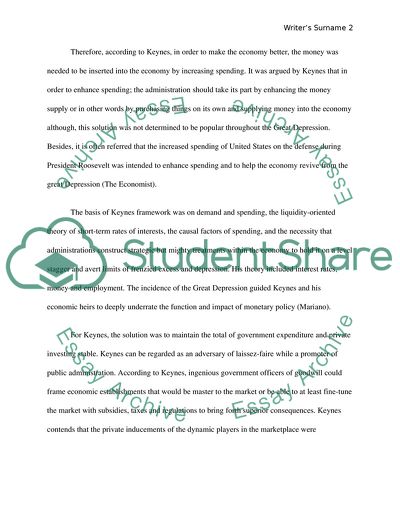Cite this document
(Who John Maynard Keynes and Milton Friedman were and what the Assignment, n.d.)
Who John Maynard Keynes and Milton Friedman were and what the Assignment. https://studentshare.org/macro-microeconomics/1817522-who-john-maynard-keynes-and-milton-friedman-were-and-what-the-respective-schools-of-economics-represent
Who John Maynard Keynes and Milton Friedman were and what the Assignment. https://studentshare.org/macro-microeconomics/1817522-who-john-maynard-keynes-and-milton-friedman-were-and-what-the-respective-schools-of-economics-represent
(Who John Maynard Keynes and Milton Friedman Were and What the Assignment)
Who John Maynard Keynes and Milton Friedman Were and What the Assignment. https://studentshare.org/macro-microeconomics/1817522-who-john-maynard-keynes-and-milton-friedman-were-and-what-the-respective-schools-of-economics-represent.
Who John Maynard Keynes and Milton Friedman Were and What the Assignment. https://studentshare.org/macro-microeconomics/1817522-who-john-maynard-keynes-and-milton-friedman-were-and-what-the-respective-schools-of-economics-represent.
“Who John Maynard Keynes and Milton Friedman Were and What the Assignment”. https://studentshare.org/macro-microeconomics/1817522-who-john-maynard-keynes-and-milton-friedman-were-and-what-the-respective-schools-of-economics-represent.


